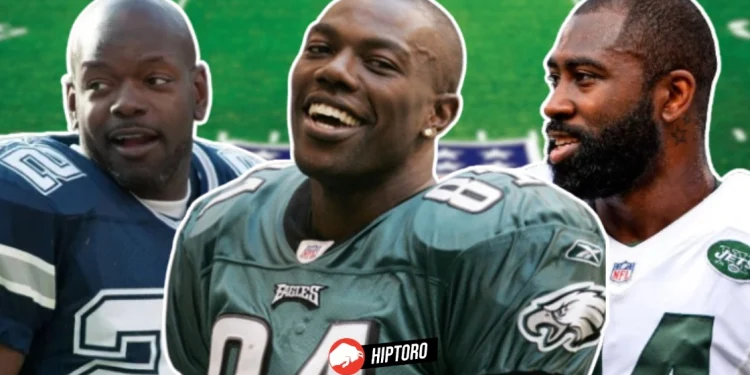The NFL, a realm of unparalleled talent and astronomical paychecks, often witnesses heated contract disputes. These conflicts, involving some of the biggest names in the sport, can dramatically impact teams and careers. Here, we explore the top 10 NFL contract disputes, each with its unique narrative and resolution.
1. Emmitt Smith vs. Dallas Cowboys (1993)
The Holdout:
In 1993, Emmitt Smith, already a celebrated running back for the Dallas Cowboys, found himself at odds with the team’s management. Smith had just led the NFL in rushing yards and touchdowns, cementing his status as one of the league’s premier players. Despite his stellar performance, Smith felt his contract did not reflect his value. Seeking to become the highest-paid running back, he decided to hold out, refusing to play without a new deal.
The timing of Smith’s holdout was crucial. The Cowboys were coming off a Super Bowl victory, largely thanks to Smith’s contributions. As the 1993 season approached, the absence of their star running back loomed large over the team’s prospects. Smith’s holdout wasn’t just a bid for a higher salary; it was a strategic move that tested the Cowboys’ resolve and their reliance on his abilities.
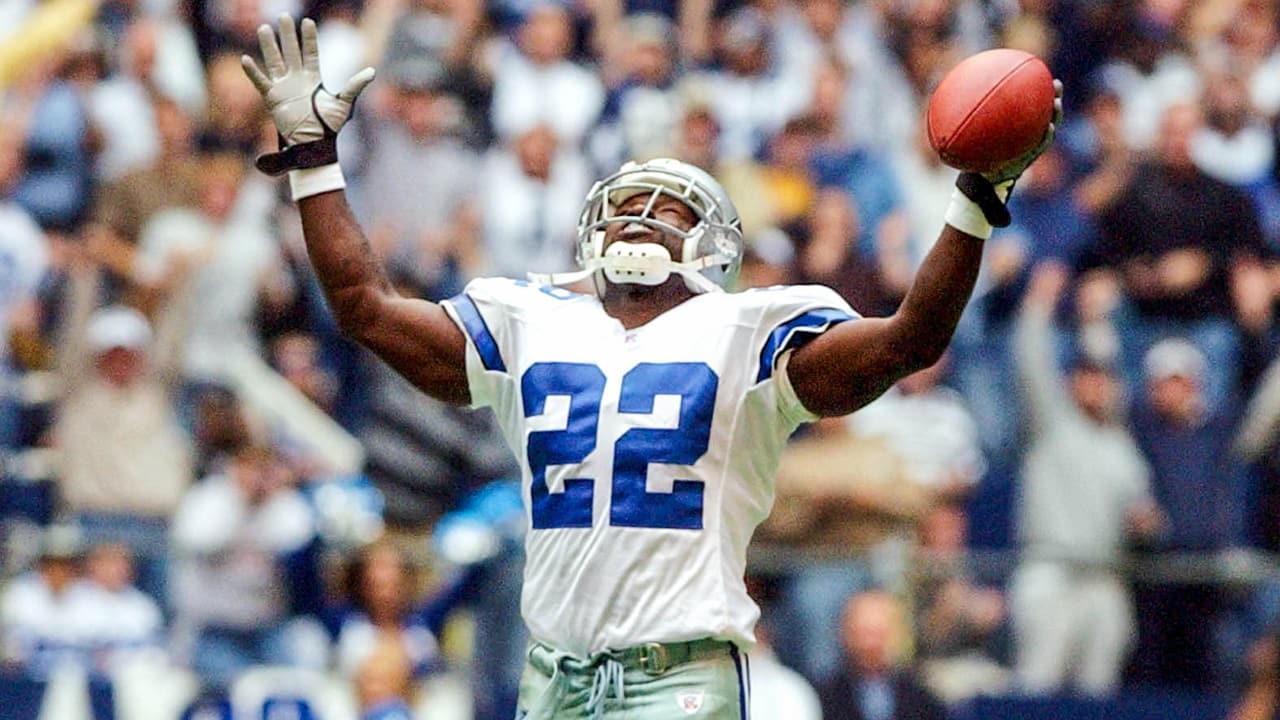
Outcome:
The Cowboys’ start to the 1993 season was disastrous. Without Smith, they lost their first two games, and the pressure on team owner Jerry Jones intensified. The poor performance highlighted Smith’s importance, not just to the offense but to the team’s overall morale and strategy. The media and fans began to speculate on how far the Cowboys could go without their star running back, adding to the mounting tension within the organization.
This dispute set a precedent in the NFL, showing that even the most successful teams could falter without their key players and that holding out could be an effective strategy for players seeking better compensation. Smith’s successful negotiation paved the way for future stars to assert their worth, highlighting the ongoing tension between player salaries and team budgets in the high-stakes world of professional football.
2. Darrelle Revis vs. New York Jets (2010)
The Holdout:
In the summer of 2010, Darrelle Revis, the New York Jets’ star cornerback, staged a holdout that would become one of the most talked-about contract disputes in NFL history. Revis was at the peak of his career, known for his exceptional coverage skills that had earned him the nickname “Revis Island.” His ability to shut down the league’s best receivers was unmatched, making him a cornerstone of the Jets’ defense.
Despite his contributions, Revis was underpaid compared to his peers. He believed his performance warranted a new contract that would reflect his status as the best cornerback in the league. As training camp began, Revis held out, demanding a deal that would set a new benchmark for defensive players. His absence was a significant blow to the Jets’ preseason preparations and highlighted the growing tension between star players and their team’s overcompensation.

Outcome:
The holdout dragged on for 36 days, during which the Jets’ preseason preparations were marred by the absence of their defensive lynchpin. The standoff garnered significant media attention, with fans and analysts debating the merits of Revis’s demands and the Jets’ reluctance to acquiesce. The situation was a test of wills between Revis, who was determined to secure his financial future, and the Jets, who were wary of setting a costly precedent.
The Revis holdout also had broader implications for the NFL. It underscored the power that star players could wield in contract negotiations and the importance of fair compensation in retaining top talent. Revis’s successful negotiation demonstrated the potential benefits of holding out, encouraging other players to pursue similar tactics in their contract disputes. This case remains a significant example of the evolving dynamics between players and teams in the NFL.
3. Terrell Owens vs. Philadelphia Eagles (2005)
The Holdout:
Terrell Owens, known for his exceptional talent and flamboyant personality, joined the Philadelphia Eagles in 2004. He quickly became a key player, helping lead the team to Super Bowl XXXIX. However, in 2005, Owens demanded a renegotiation of his contract, feeling underpaid despite his significant contributions. He wanted a new deal that would place him among the highest-paid wide receivers in the league.
Owens’ dissatisfaction was not just about the money but also about respect and recognition. He felt that his performance on the field warranted a contract that reflected his elite status. His demand for a new contract led to a contentious standoff with the Eagles’ management. Owens’ decision to hold out and his subsequent actions turned the dispute into a public spectacle, attracting significant media attention.
/cdn.vox-cdn.com/uploads/chorus_asset/file/22005575/Bleeding_Green_Nation.png)
Outcome:
Owens’ contract dispute turned into a public spectacle. He was vocal about his dissatisfaction, frequently clashing with the Eagles’ management and head coach Andy Reid. Owens’ actions during the holdout, including public criticism of his teammates and management, created a toxic atmosphere within the team. The situation escalated when Owens was suspended and later deactivated for the remainder of the season due to conduct detrimental to the team.
The Owens-Eagles dispute had lasting implications for both parties. For the Eagles, it was a lesson in the potential risks of high-profile contract disputes and the importance of maintaining team harmony. For Owens, it underscored the challenges of negotiating new contracts and the potential fallout from public disputes with management. The situation also highlighted the broader dynamics of NFL contract negotiations, where the demands of star players can sometimes clash with team strategies and management decisions.
4. John Riggins vs. Washington Redskins (1980)
The Holdout:
John Riggins, the star running back for the Washington Redskins, staged one of the most famous holdouts in NFL history. After the 1979 season, Riggins, known for his power running and larger-than-life personality, demanded a pay raise. When the team refused, Riggins chose to sit out the entire 1980 season.
Riggins’ decision to hold out was a bold move that sent shockwaves through the NFL. At the time, he was one of the league’s top running backs, known for his rugged playing style and ability to break tackles. His absence left a significant void in the Redskins’ offense, and the team’s management faced increasing pressure to resolve the situation.
Outcome:
Riggins spent the 1980 season away from football, making headlines with his colorful off-field antics. He famously retreated to his farm in Kansas, where he engaged in various activities that kept him in the public eye. Despite his absence from the field, Riggins remained a popular figure, and his holdout became a topic of constant discussion among fans and analysts.
The Redskins, realizing their need for Riggins’ on-field prowess, eventually negotiated his return. In 1981, he came back with a new contract and renewed commitment. Riggins’ return was met with widespread acclaim, and he quickly regained his status as one of the league’s premier running backs. His decision to hold out and the subsequent resolution highlighted the leverage that star players can have in contract negotiations.
Riggins’ story remains a significant chapter in the history of NFL contract disputes. It is a tale of bold moves, high stakes, and ultimate triumph. The resolution of his holdout and his subsequent success on the field serve as a reminder of the complex and often contentious nature of NFL contract negotiations. Riggins’ legacy as a player and his impact on the league’s contract dynamics continue to be remembered and celebrated.
5. Joey Galloway vs. Seattle Seahawks (1999)
The Holdout:
Wide receiver Joey Galloway, a key offensive weapon for the Seattle Seahawks, demanded a new contract in 1999. Feeling underpaid and undervalued, Galloway chose to hold out, missing the first eight games of the season. He sought a deal that reflected his elite status and contributions to the team.
Galloway’s holdout was a significant development for the Seahawks. At the time, he was one of the team’s most dynamic and productive players, known for his speed and playmaking ability. His absence left a notable gap in the Seahawks’ offense, and the situation quickly became a focal point of media and fan attention.
Outcome:
The holdout strained Galloway’s relationship with the Seahawks’ management and fans. The protracted negotiations created a tense atmosphere, with both sides standing firm in their positions. Galloway’s absence from the field was keenly felt, as the Seahawks struggled to find consistent offensive production without their star receiver.
Ultimately, the Seahawks decided to trade Galloway to the Dallas Cowboys in exchange for two first-round draft picks. The trademarked a turning point in Galloway’s career and underscored the complexities of contract negotiations in the NFL. Following the trade, Galloway signed a seven-year, $42 million contract with the Cowboys, making him one of the highest-paid receivers in the league at the time.
The Galloway case remains a notable example of the challenges and complexities of NFL contract negotiations. It illustrates the potential impact of player holdouts on both individuals and teams, as well as the strategic considerations that come into play in resolving such disputes. Galloway’s story is a testament to the evolving landscape of NFL contracts and the intricate balance between player performance, compensation, and team success.
6. Eric Dickerson vs. Los Angeles Rams (1985)
The Holdout:
In 1985, Eric Dickerson, the prolific running back for the Los Angeles Rams, initiated a high-profile contract dispute. Despite setting the single-season rushing record in 1984, Dickerson felt his contract did not reflect his value. He demanded a new deal and held out, missing the first two games of the season.
Dickerson’s decision to hold out was a bold move that sent shockwaves through the NFL. At the time, he was one of the league’s top running backs, known for his speed, power, and ability to break tackles. His absence left a significant void in the Rams’ offense, and the team’s management faced increasing pressure to resolve the situation.
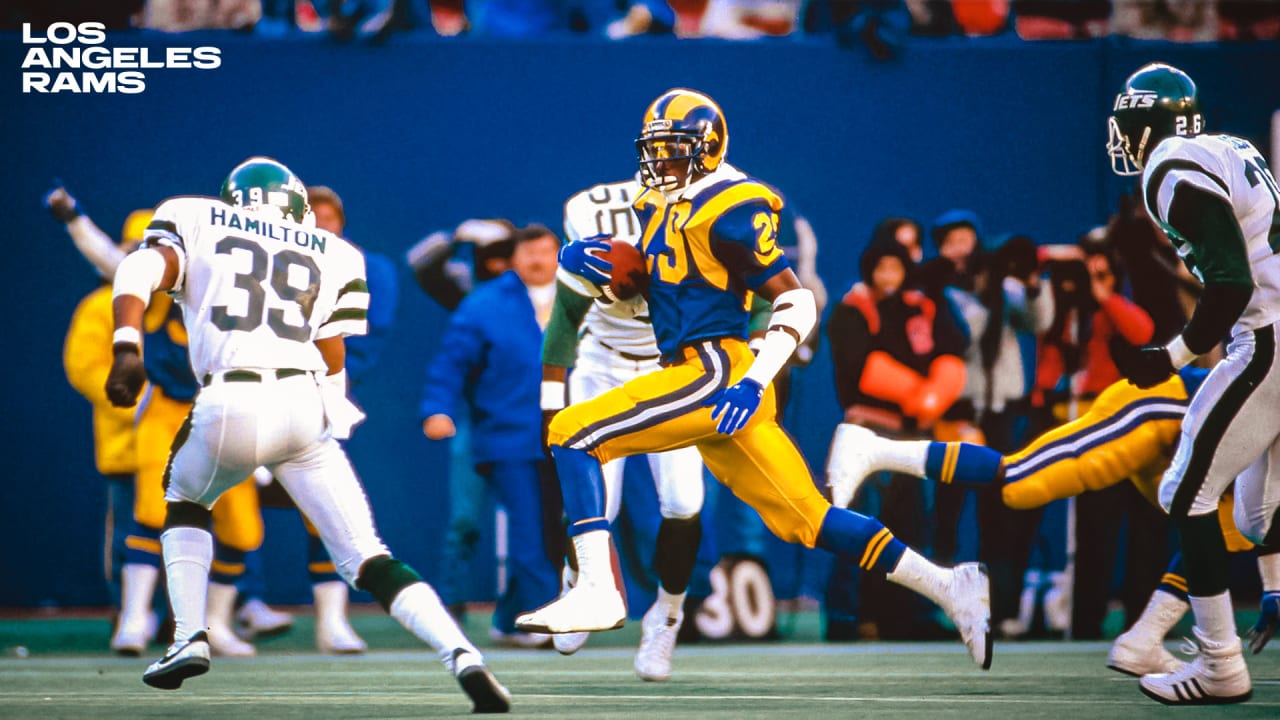
Outcome:
The Rams eventually agreed to a new four-year, $4.4 million contract, making Dickerson the highest-paid running back at the time. His return to the field was impactful, as he continued to dominate defenses and solidify his Hall of Fame career. The resolution of Dickerson’s holdout highlighted the importance of star players and the potential leverage they hold in contract negotiations.
Dickerson’s return was met with widespread acclaim, and he quickly regained his status as one of the league’s premier running backs. His decision to hold out and the subsequent resolution highlighted the leverage that star players can have in contract negotiations. Dickerson’s successful negotiation paved the way for future stars to assert their worth, emphasizing the ongoing tension between player salaries and team budgets in the high-stakes world of professional football.
Dickerson’s story remains a significant chapter in the history of NFL contract disputes. It is a tale of bold moves, high stakes, and ultimate triumph. The resolution of his holdout and his subsequent success on the field serve as a reminder of the complex and often contentious nature of NFL contract negotiations. Dickerson’s legacy as a player and his impact on the league’s contract dynamics continue to be remembered and celebrated.
7. Kam Chancellor vs. Seattle Seahawks (2015)
The Holdout:
In 2015, Kam Chancellor, the hard-hitting safety for the Seattle Seahawks, held out for a new contract. Despite being a key member of the Seahawks’ Legion of Boom defense, Chancellor felt his contract did not reflect his contributions. He missed the first two games of the season, seeking a deal that would provide him with greater financial security.
Chancellor’s decision to hold out was a significant development for the Seahawks. At the time, he was one of the team’s most dynamic and productive players, known for his physical playing style and leadership on the field. His absence left a notable gap in the Seahawks’ defense, and the situation quickly became a focal point of media and fan attention.
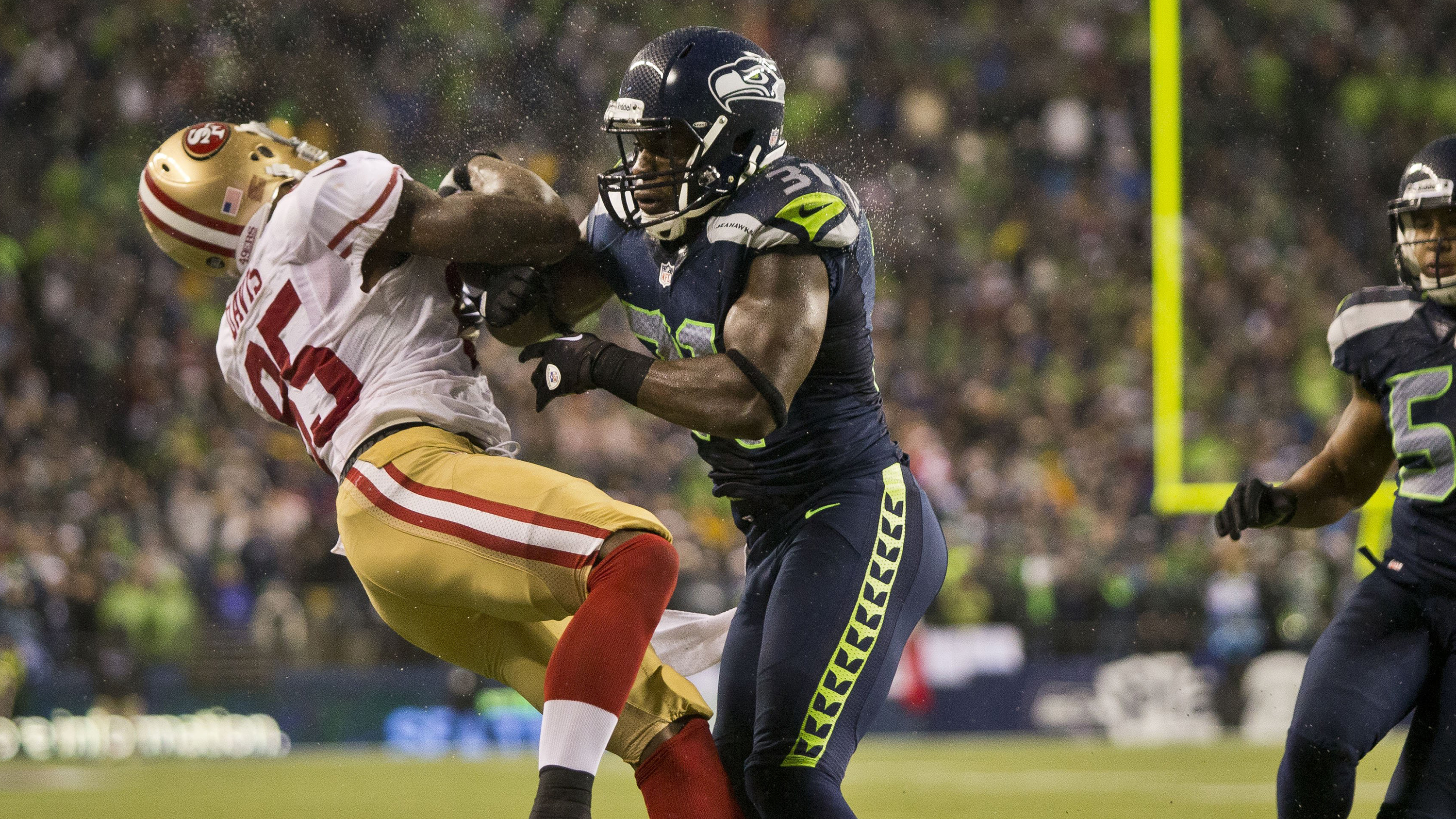
Outcome:
Chancellor’s holdout ended without a new contract, but the Seahawks agreed to restructure his existing deal, providing him with more immediate financial rewards. His return bolstered the Seahawks’ defense, and they went on to make the playoffs. Chancellor’s decision to hold out and the subsequent resolution highlighted the leverage that star players can have in contract negotiations.
Chancellor’s situation highlighted the complexities of contract negotiations in the NFL, where players often seek to maximize their earnings within the constraints of the salary cap. The resolution of Chancellor’s holdout had broader implications for the NFL. It demonstrated that star players could successfully negotiate better contracts by leveraging their absence from the team. Chancellor’s holdout also underscored the importance of player management and the potential risks and rewards of contract disputes.
Chancellor’s story remains a significant chapter in the history of NFL contract disputes. It is a tale of bold moves, high stakes, and ultimate triumph. The resolution of his holdout and his subsequent success on the field serve as a reminder of the complex and often contentious nature of NFL contract negotiations. Chancellor’s legacy as a player and his impact on the league’s contract dynamics continue to be remembered and celebrated.
8. Vincent Jackson vs. San Diego Chargers (2010)
The Holdout:
Wide receiver Vincent Jackson held out for a new contract in 2010, following a Pro Bowl season with the San Diego Chargers. Jackson, feeling undervalued, refused to sign his restricted free agent tender, seeking a long-term deal that reflected his market value.
Jackson’s decision to hold out was a significant development for the Chargers. At the time, he was one of the team’s most dynamic and productive players, known for his size, speed, and playmaking ability. His absence left a notable gap in the Chargers’ offense, and the situation quickly became a focal point of media and fan attention.
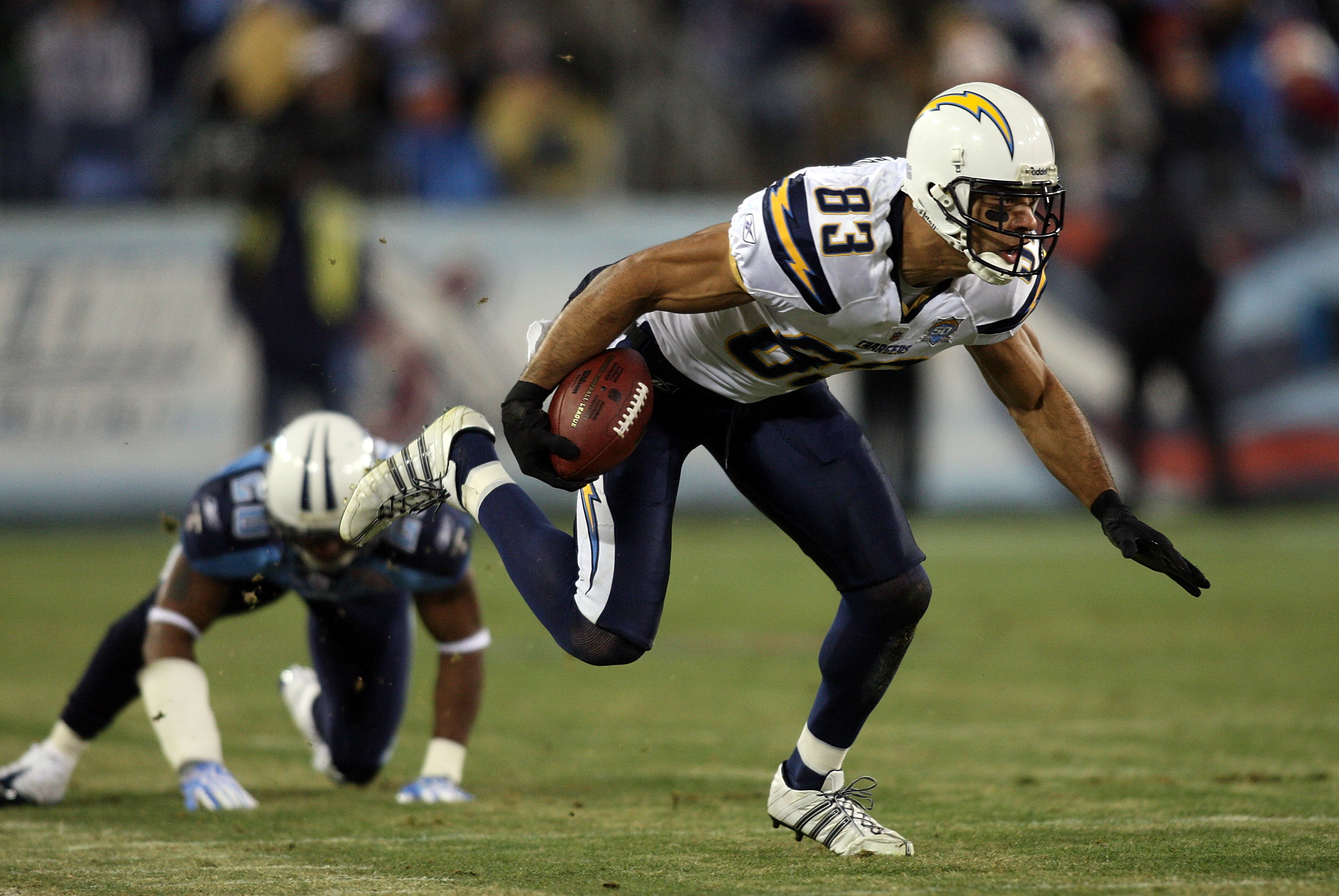
Outcome:
Jackson’s holdout lasted into the regular season, with the Chargers placing him on the roster-exempt list, which meant he had to miss additional games even after ending the holdout. The protracted negotiations created a tense atmosphere, with both sides standing firm in their positions. Jackson’s absence from the field was keenly felt, as the Chargers struggled to find consistent offensive production without their star receiver.
Eventually, Jackson returned to play the final six games of the season. His return was met with widespread acclaim, and he quickly regained his status as one of the league’s premier wide receivers. In 2012, Jackson signed a five-year, $55.55 million contract with the Tampa Bay Buccaneers, becoming one of the highest-paid receivers in the league at the time. The resolution of Jackson’s holdout highlighted the leverage that star players can have in contract negotiations.
Jackson’s story remains a significant chapter in the history of NFL contract disputes. It is a tale of bold moves, high stakes, and ultimate triumph. The resolution of his holdout and his subsequent success on the field serve as a reminder of the complex and often contentious nature of NFL contract negotiations. Jackson’s legacy as a player and his impact on the league’s contract dynamics continue to be remembered and celebrated.
9. Le’Veon Bell vs. Pittsburgh Steelers (2018)
The Holdout:
Le’Veon Bell, one of the most versatile running backs in the NFL, sat out the entire 2018 season in a contract dispute with the Pittsburgh Steelers. Bell, unhappy with being franchise-tagged for the second consecutive year, sought a long-term deal that provided financial security and reflected his dual-threat capabilities as a runner and receiver.
Bell’s decision to sit out the season was unprecedented for a player of his caliber. At the time, he was one of the league’s top running backs, known for his patient running style and ability to contribute as a receiver out of the backfield. His absence left a significant void in the Steelers’ offense, and the situation quickly became a focal point of media and fan attention.
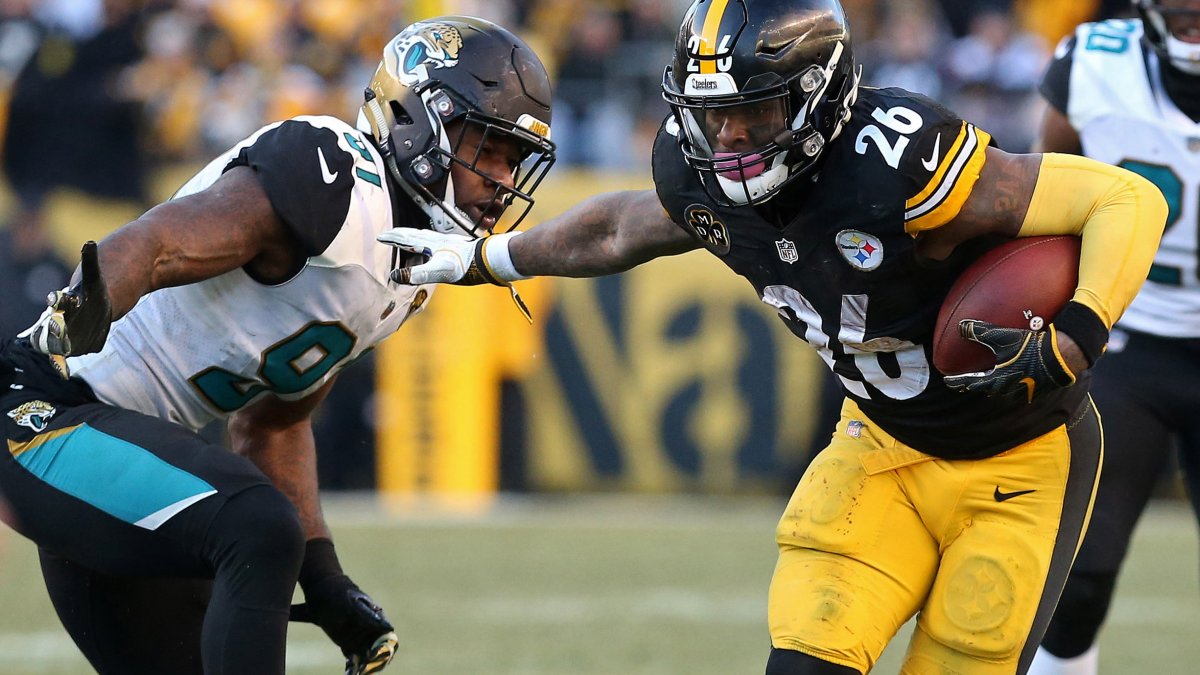
Outcome:
Bell’s decision to sit out the season was unprecedented for a player of his caliber. The move cost him $14.5 million in salary, but he remained steadfast in his pursuit of a long-term contract. In 2019, Bell signed a four-year, $52.5 million contract with the New York Jets, with $35 million guaranteed. The resolution of Bell’s holdout highlighted the leverage that star players can have in contract negotiations.
Bell’s decision to sit out the entire season was a significant development for the Steelers and the NFL as a whole. The move cost him $14.5 million in salary, but he remained steadfast in his pursuit of a long-term contract. Bell’s situation underscored the complexities of contract negotiations in the NFL, where players often seek to maximize their earnings within the constraints of the salary cap.
Bell’s story remains a significant chapter in the history of NFL contract disputes. It is a tale of bold moves, high stakes, and ultimate triumph. The resolution of his holdout and his subsequent success on the field serve as a reminder of the complex and often contentious nature of NFL contract negotiations. Bell’s legacy as a player and his impact on the league’s contract dynamics continue to be remembered and celebrated.
10. Aaron Donald vs. Los Angeles Rams (2018)
The Holdout:
Defensive tackle Aaron Donald, regarded as one of the best defensive players in the league, held out for a new contract in 2018. Despite his dominance on the field, Donald felt his rookie contract did not adequately compensate him. He missed the entire preseason, seeking a deal that would make him the highest-paid defensive player in NFL history.
Donald’s decision to hold out was a significant development for the Rams. At the time, he was one of the team’s most dynamic and productive players, known for his disruptive presence on the defensive line. His absence left a notable gap in the Rams’ defense, and the situation quickly became a focal point of media and fan attention.
/cdn.vox-cdn.com/uploads/chorus_image/image/61859545/usa_today_11329714.0.jpg)
Outcome:
The Rams and Donald reached an agreement just before the start of the regular season. Donald signed a six-year, $135 million contract with $87 million guaranteed, making him the highest-paid defensive player at the time. His return was marked by continued dominance, earning him the NFL Defensive Player of the Year award. The resolution of Donald’s holdout highlighted the leverage that star players can have in contract negotiations.
Donald’s return was met with widespread acclaim, and he quickly regained his status as one of the league’s premier defensive players. His decision to hold out and the subsequent resolution highlighted the leverage that star players can have in contract negotiations. Donald’s successful negotiation paved the way for future stars to assert their worth, emphasizing the ongoing tension between player salaries and team budgets in the high-stakes world of professional football.
These high-profile contract disputes have shaped the landscape of NFL negotiations, demonstrating the intricate balance between player demands and team management strategies. Each case reflects the ongoing evolution of contract dynamics in a league where talent and compensation are inextricably linked.


